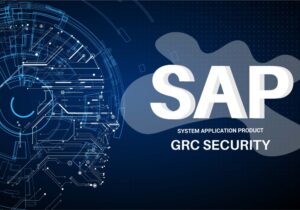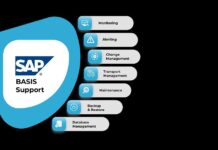SAP Security
The term “SAP Security” describes the policies and procedures implemented to safeguard the data and systems within the SAP (Systems, Applications, and Products in Data Processing) environment. The security of SAP, a widely used enterprise resource planning (ERP) system that integrates numerous company processes and data, is crucial for protecting sensitive data and preserving business continuity. Here are a few crucial facets of SAP Security.
User Authorization and Authentication
Before users can access the SAP system, make sure they have been appropriately authorised. In order to limit access to particular capabilities, authorization entails defining what each user is permitted to perform within the system and creating and assigning roles to users.
Data encryption
To prevent unauthorised access or data interception, encrypt sensitive data both in transit and at rest. This includes encrypting data in the database and employing secure communication tools like SSL/TLS.
Secure Configuration
Set up SAP systems in a secure manner by adhering to hardening recommendations and best practises. This entails limiting unneeded access, turning off default accounts, and putting in place strong password standards.
Secure Configuration
Set up SAP systems in a secure manner by adhering to hardening recommendations and best practises. This entails limiting unneeded access, turning off default accounts, and putting in place strong password standards.
Logging and security auditing functions should be enabled in order to keep track of system activity. Review logs frequently to look for unauthorised access attempts or shady activity.
Implement firewalls to manage network traffic and intrusion detection/prevention systems to spot possible threats and take appropriate action.

































